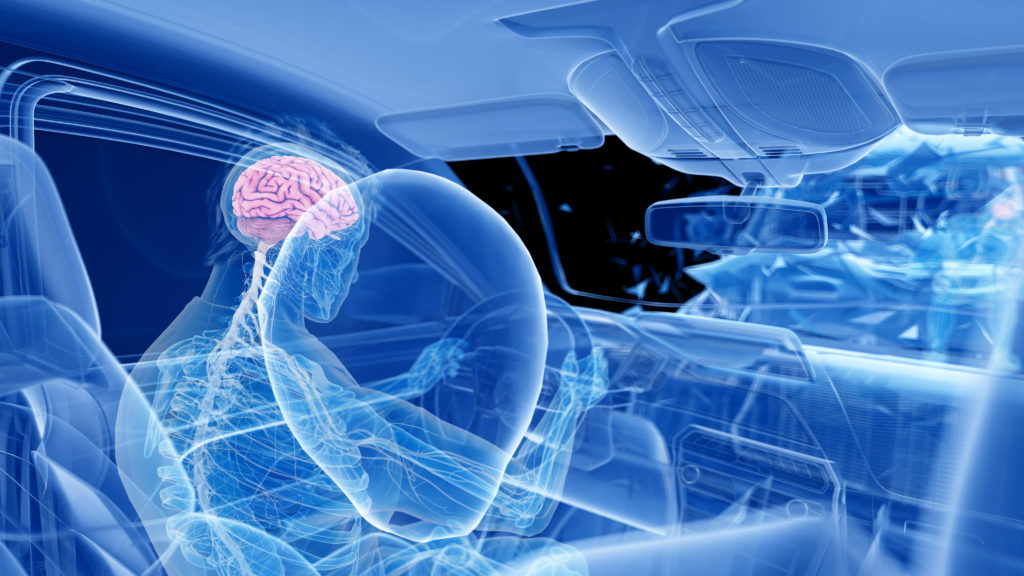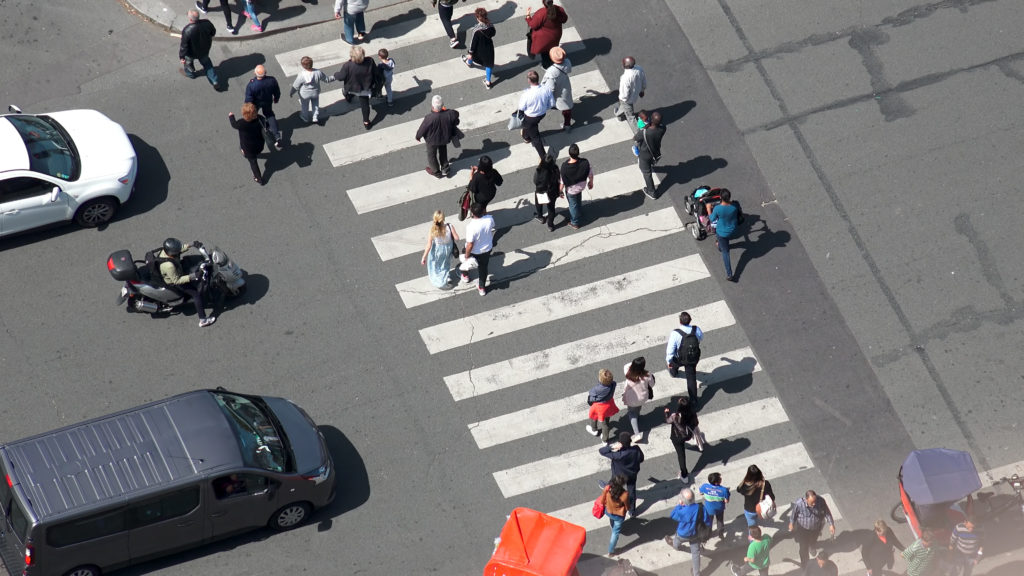
Have you ever bought a car you could barely afford, or thought you paid too much? Nobody wants to drive around in a piece of junk, and for many Americans, your car is part of your identity. So, picking just the right one is important. But then you have to figure out how you’re going to pay for it. Maybe you’ve saved up enough cash to purchase your dream ride. Perhaps, you just want to lease. A lot of us get financing from a bank. You put some amount down and drive away with a payment you have to make every month. But that’s not the end of the story. Now you have to get insurance. Everyone knows, you can’t drive off the lot without insurance coverage. Yet, it might not be the first thing on your mind when you’re excited about a new car, or one that is at least new to you.
In Illinois, it’s mandatory to have at least $25,000 in liability coverage. That is, if you cause a crash, you have to have at least that much coverage on your policy. To be more precise, it’s $25,000 per person and a total of $50,000 per incident. In other words, supposing an Illinois driver caused a crash that resulted in three people being injured. If none of those people bore any responsibility for their injuries, there would have to be a determination on how to divide the $50,000 insurance policy limits of the at-fault driver. If the damages those three people suffered combined to an amount in excess of $50,000, that determination can be complicated.
We haven’t even mentioned property damage yet. If that car you just bought gets wrecked, how will you pay to get it fixed or to buy a new one if it’s totaled? Illinois doesn’t require you to buy collision coverage. So, if your car is damaged in a crash and you only have liability coverage, you may be left to fend for yourself. However, even if you do have collision coverage, it may not be enough to cover your loss.
Back in 2008, the mortgage foreclosure crisis was in the news and we all kept hearing a lot about people that were underwater in their homes. What that meant was that people had borrowed more money to buy a house than the house was now worth. So, if they couldn’t pay the monthly note, selling the property wouldn’t fix the problem because they wouldn’t’ get enough from the sale to pay all the money they borrowed back to the bank. They would then be left with no house and an unpaid debt they were still responsible for.
The same principal works with cars. Only, the reason why you could be left paying back the bank for a car you no longer have isn’t because you didn’t pay your bills. You could have paid every single bill on time and been the most responsible and safe driver. If someone else causes a crash that isn’t your fault, for example, you get rear ended at a stop light after you have been waiting at the red light for three minutes and the person behind you smashes into your rear bumper because he was looking at his phone, having a car that is worth less than the amount you owe the bank will leave you having to pay off a debt for nothing.
This is because most auto collision policies only cover the value of the car. Supposing you buy a used car that you really wanted, but you don’t have the cash to buy it outright, so you borrow the money from your local back. The bank paid the dealer so you can have use of the car, but the bank still owns that vehicle until you pay them back. Add interest to the deal and the fact that your car continually depreciates in value and you could get into a situation where the fair market value of that car is less than how much you still owe the bank. If that car gets totaled, even if you pay all your bills on time and the crash was not your fault, if your insurance company contract says you only get how much the car was worth at the time of the crash, you still owe on that loan from the bank.
So what do you do? The obvious answer is to buy a car you don’t have to borrow a ton to get. However, if you’ve already found yourself in the situation described above, talk to your lender. See if you can cut some kind of deal. Talk to the dealership too and see if they can either roll the existing loan into a new finance deal or come up with some other solution within the allowable rules that will allow your bank to help you out. Most importantly, is read your insurance contract and know your money. Educate yourself on exactly how the payment structure will work, how much the car is actually worth, and what your insurance policy covers. Some insurance companies may offer a policy that will allow you to replace your car. Find out. And if you have questions, ask. And lastly, be safe.




